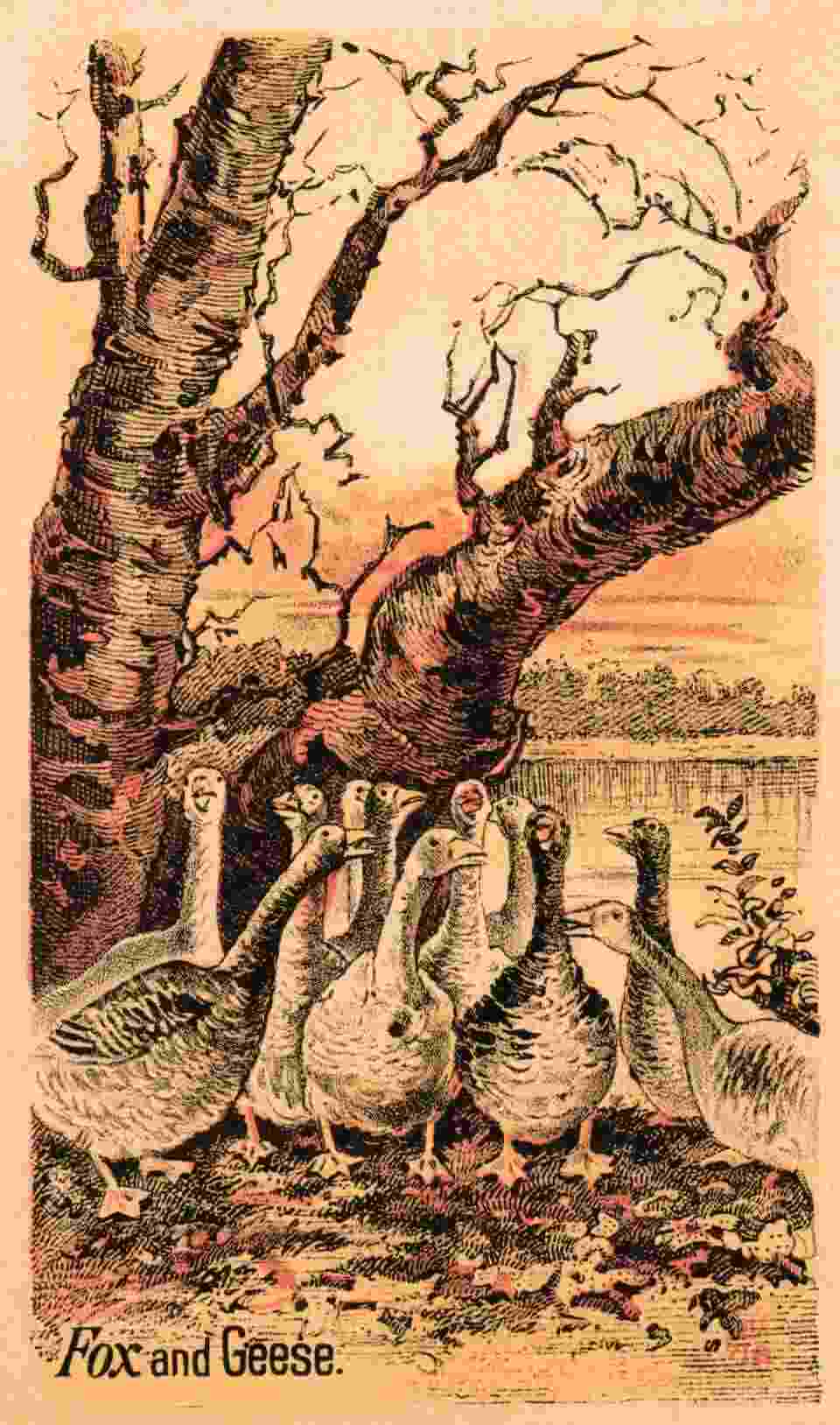Optical Illusion Vision Test: Optical illusions are fascinating optical phenomena that have an impact on perception in daily life, psychology, art, and even the human brain. They demonstrate how the brain analyses and makes sense of visual information, demonstrating that perception is more than just a reflection of the outside world.
In contrast to the image above, you need to use your observational skills and cognitive abilities to find the fox hidden among geese in the picture.
Check Your Brain Health By Finding HAND, FISH, BANANA & MUSHROOM Within 1 Minute. Try Your Skills!
Where is the Fox hidden among the Geese?
Optical illusions challenge our ability to understand contradicting or ambiguous information. Anatomy, sensory processing, and cognition can all be better understood by studying how the brain responds to visual illusions.
 Source: Getty
Source: Getty
They are essential tools for visual research because they offer critical insights into how the brains of both healthy and impaired people interpret visual information.
How Fast You Can Find Lion, Cat & Mouse Hidden In This Optical Illusion? 9 Seconds Left!
Look for the optical illusion answer here:
Optical illusions are used in psychology and neuroscience studies to examine many elements of human vision, attention, memory, and decision-making.
But I forgot to tell you, you just have 5 seconds.
Tick…
Tock…
Tick…
Enough of suspense and the low-key music in the background, let’s jump to the answer.
The optical illusion is a useful teaching aid for concepts related to the brain, vision, and perception. They can be utilized in the classroom to provide examples of scientific ideas and to pique students' interest in science.
Coming back to the picture…
I Am Sure You Are Done!
If you are still struggling with the answer, please have a look at the picture below.
 Source: Getty
Source: Getty
The study of optical illusions challenges our perception of reality and serves as a reminder that vision is not perfect. Knowing this encourages us to have an open mind and a humble perspective on the world.
Comments
All Comments (0)
Join the conversation